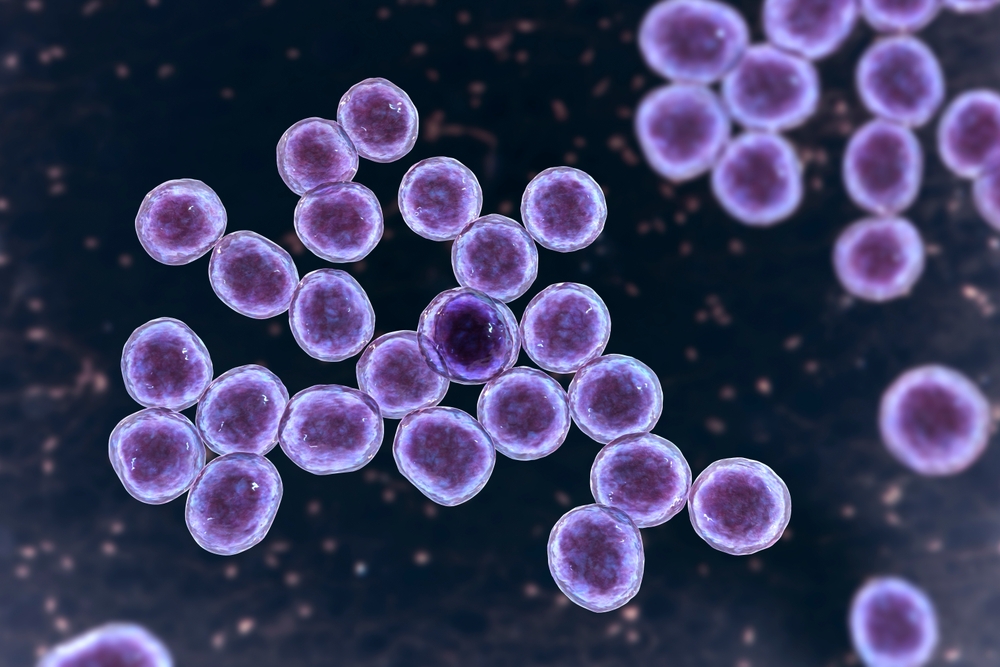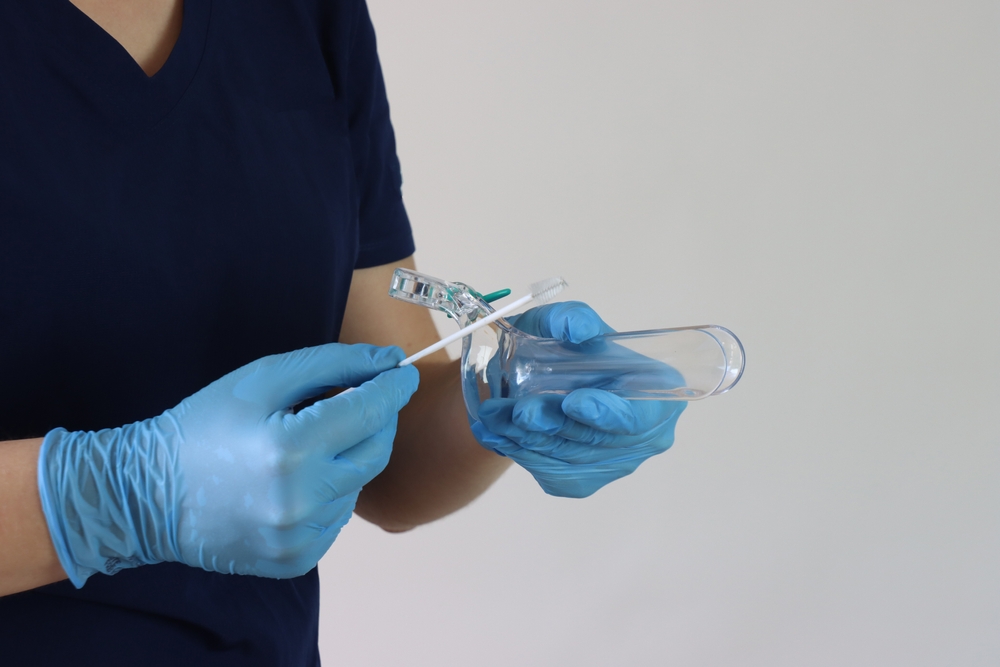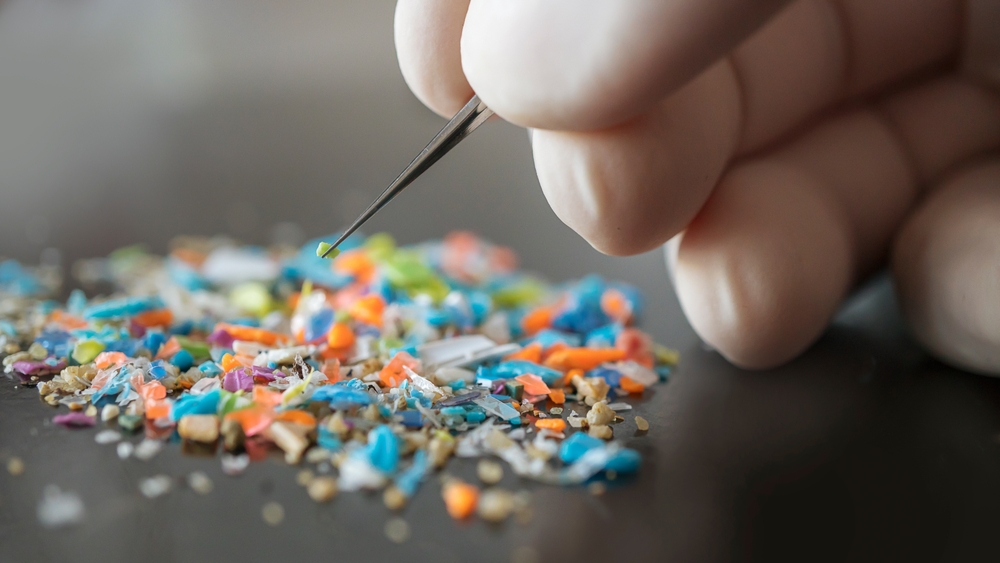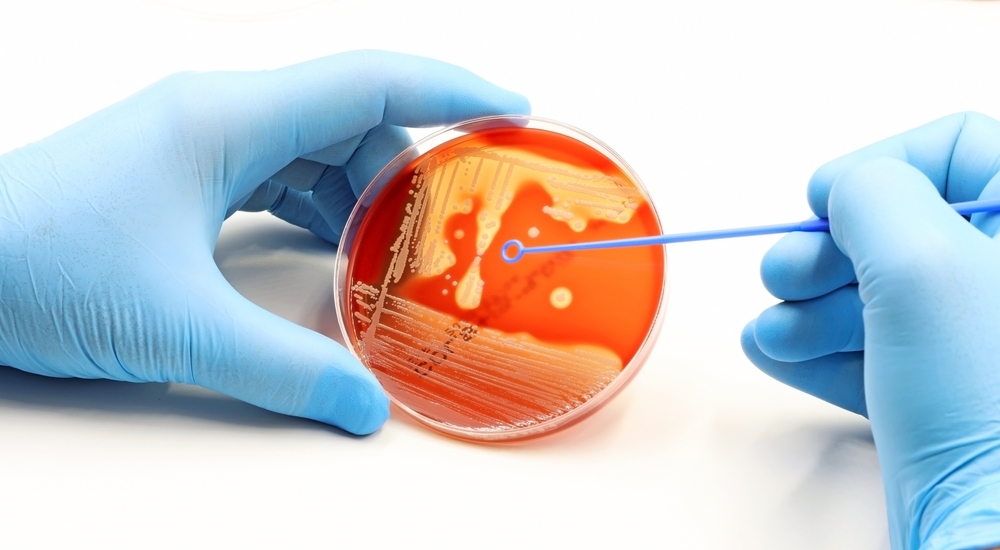Scientists found hospital superbug can eat medical plastic, making infections harder to treat.

In the pristine halls of modern hospitals—where gloves snap tight, disinfectants shine surfaces, and machines hum with precision—we like to believe we’ve thought of everything. We’ve engineered materials to heal faster, designed devices to dissolve safely inside the body, and sterilized every tool until it gleams. But what if the very substances we trust to heal are quietly working against us? What if the enemy isn’t only lurking on contaminated hands or unwashed linens—but thriving within the materials we use to save lives?
A recent discovery has shaken the medical community: a common hospital superbug has learned to eat plastic. Not the bottles and bags we toss away, but the sophisticated, biodegradable polymers found in sutures, stents, surgical mesh, and implants. This microbe, Pseudomonas aeruginosa, doesn’t just survive in sterile environments—it adapts, evolves, and now, it seems, it feasts on the very tools we depend on to restore health.

The Hidden Hunger of Hospital Superbugs
In a revelation that upends our assumptions about medical safety, scientists have discovered that a common hospital superbug, Pseudomonas aeruginosa, can digest medical-grade plastic. This microbe, already notorious for thriving in clinical environments and resisting multiple antibiotics, was found to consume polycaprolactone (PCL)—a plastic widely used in resorbable sutures, surgical mesh, stents, and drug patches. Researchers from Brunel University London traced this ability to a single enzyme, Pap1, which broke down nearly 80% of a PCL film in just seven days, allowing the bacteria to use the degraded material as its only food source. This discovery fundamentally challenges the longstanding belief that hospital-grade polymers are biologically inert and immune to microbial attack.
What makes this even more alarming is that the breakdown of PCL doesn’t just nourish the bacteria—it actively enhances its defenses. The degraded fragments from the plastic are used to build tougher biofilms, dense protective layers that shield bacterial colonies from antibiotics, disinfectants, and even the body’s own immune response. These biofilms are a major reason why catheter-associated infections and ventilator-related pneumonia are so difficult to treat. The idea that pathogens could linger longer on plastic surfaces and medical devices—not despite their materials but because of them—marks a troubling shift in our understanding of hospital-acquired infections. The very tools designed to support healing might, under certain conditions, become platforms for microbial fortresses.
This newfound plastic-digesting ability does not appear to be limited to a single strain or material. Genetic clues suggest that other dangerous pathogens in intensive care units may harbor similar enzymes capable of breaking down not just PCL, but potentially other plastics like polyurethane and polyethylene terephthalate, which are common in wound dressings, implants, and vascular grafts. As P. aeruginosa and perhaps other bacteria exploit these materials for survival, the risk is not only persistent infections but also delayed diagnoses—biofilms can grow silently until they reach a critical mass. What we’re seeing is a quiet war unfolding on the very surfaces we trust most in medicine, and it demands a serious rethinking of how we design, monitor, and defend the environments meant to protect human health.

Biofilms – The Invisible Strongholds of Infection
What makes Pseudomonas aeruginosa particularly formidable isn’t just its resistance to antibiotics—it’s its ability to form biofilms, those dense, slimy colonies that anchor themselves to surfaces and shield the bacteria from attack. Once this microbe begins breaking down a plastic like PCL, the byproducts don’t just serve as fuel—they help build these strongholds. The fragments become part of the glue that enables bacteria to adhere tightly to medical devices, settle into crevices, and fortify their defenses. This biofilm becomes a literal barrier between the bacteria and any efforts to destroy them.
Inside a biofilm, bacteria are significantly more difficult to kill. Antibiotics struggle to penetrate, immune cells can’t access the core, and disinfectants lose effectiveness. Within this fortified matrix, P. aeruginosa can survive harsh treatments, lie dormant, and reactivate later—often when the host is most vulnerable. The result is infections that recur, persist, and defy standard care, often turning minor complications into long-term clinical battles. This behavior is already observed in catheter-related urinary tract infections and ventilator-associated pneumonia, and the involvement of plastics like PCL only makes these cases more stubborn.
What’s especially alarming is that these biofilms often form invisibly. There may be no obvious external sign until symptoms escalate—until fever spikes, a wound reopens, or a device fails. At that point, the infection isn’t just present, it’s embedded. And because biofilms allow bacteria to exchange genes, including those conferring antibiotic resistance, their presence contributes to the broader crisis of superbugs. The hospital becomes not only a place for healing but an unintended incubator for organisms equipped to resist nearly everything we throw at them.
To combat this, we must look beyond visible cleanliness or routine disinfection. The battle is being waged at the microscopic level, where plastic particles feed microbes and empower them to resist. These aren’t just stubborn infections—they’re evolving structures designed to survive and outlast even our most advanced treatments. Recognizing and dismantling these hidden fortresses is key to protecting patients and preserving the integrity of modern medicine.

Redesigning Plastics and Rethinking Surveillance
Now that we know bacteria can digest certain plastics and use them to strengthen biofilms, the conversation must shift from treatment to prevention. One path forward is chemical innovation—rethinking the composition of medical polymers so they no longer provide an easy target for enzymes like Pap1. Scientists are already studying how these enzymes break down plastic at a molecular level, mapping which bonds are vulnerable and which are more resistant. With that knowledge, material scientists can begin to develop new blends that retain the flexibility and biocompatibility of PCL but stand up to microbial attack.
Another strategy focuses on the surface of medical devices. Even if the core material is susceptible, protective coatings could make it harder for bacteria to gain access in the first place. This could include antimicrobial layers that kill bacteria on contact, or inert surface treatments that make adhesion physically difficult. These methods aren’t entirely new—some are already used in high-risk devices—but the recent findings demand wider, more proactive implementation. Especially for long-term implants, surface-level defenses may be the first and best line of protection.
But materials science alone won’t solve the issue. Hospitals must also evolve their infection control protocols. Current surveillance tends to focus on culturing samples from surfaces like keyboards, bedrails, and faucets. While helpful, these approaches may miss pathogens hiding in or on plastics that aren’t obviously contaminated. Incorporating enzyme screening—specifically for plastic-degrading capabilities—into environmental monitoring could offer a clearer picture of microbial threats. It would help identify which strains are likely to linger, form biofilms, and resist treatment.
This kind of surveillance isn’t about reacting to outbreaks—it’s about preventing them. By detecting early signs of microbial adaptation, hospitals can isolate threats before they spread, adjust cleaning protocols accordingly, and reevaluate materials in use. It’s a shift from treating infections once they’ve taken hold to anticipating how they might begin. In the long run, this mindset could dramatically reduce complications, shorten hospital stays, and preserve the effectiveness of both medical devices and antibiotics.
A Wake-Up Call to Rethink “Safe” Materials
The image of a superbug slowly digesting a catheter or suture from within isn’t just unsettling—it’s symbolic. It represents the broader challenge of assuming safety based solely on clinical tradition or engineering design. For years, plastics like PCL were considered safe because they didn’t seem to interact biologically in harmful ways. But bacteria don’t operate on our assumptions. They evolve, adapt, and find opportunity in the very things we’ve deemed harmless. That’s what makes this discovery about plastic-eating pathogens so important—it doesn’t just expose a gap in material science, it reveals a deeper oversight in how we define safety.
This moment calls for humility in medicine and technology. It’s a reminder that progress must be met with vigilance, that every new material introduced into the body must be studied not only for its immediate function but for how it might interact with the microbial world. Healing and harm can coexist in the same object—what determines the outcome is context, environment, and awareness. The responsibility now lies in asking tougher questions about the materials we use, especially those left in the body or used repeatedly across patients.
For healthcare systems and manufacturers, this is a chance to course correct. Investing in smarter materials, improving biofilm detection, and incorporating microbial resistance into design standards could become the new normal. It’s not enough for a polymer to dissolve cleanly or mold easily—it must also resist becoming a stepping stone for infection. And for patients, greater transparency about the risks and functions of the devices being used is critical. Awareness empowers informed decision-making, and it may even lead to better outcomes when patients and providers are aligned.
Ultimately, this isn’t a story about one enzyme or one bacterium. It’s a larger truth about complexity: that safety in healthcare is dynamic, not static. It requires constant reassessment in the face of new threats. The moment we assume a material is “safe” without continued scrutiny, we open the door to silent vulnerabilities. The sooner we embrace that reality, the faster we can build a system that’s not only advanced—but resilient.
Loading...

